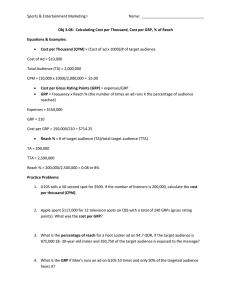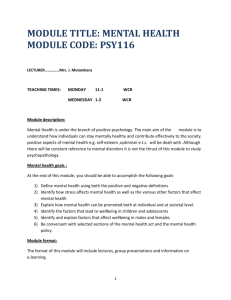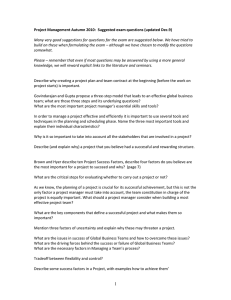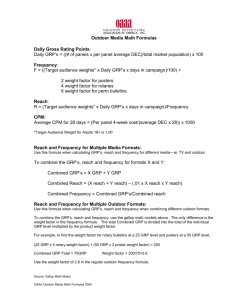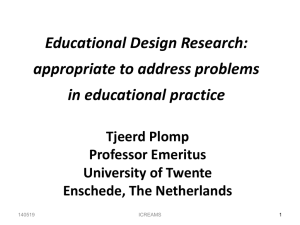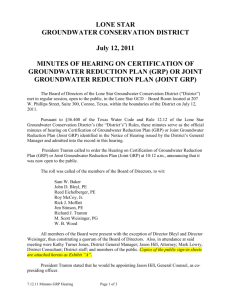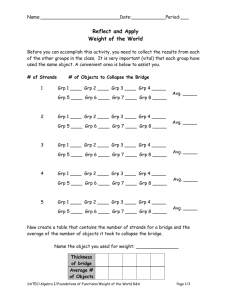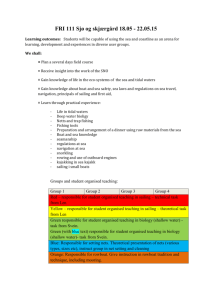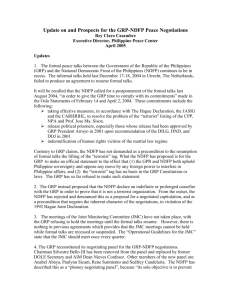File
advertisement
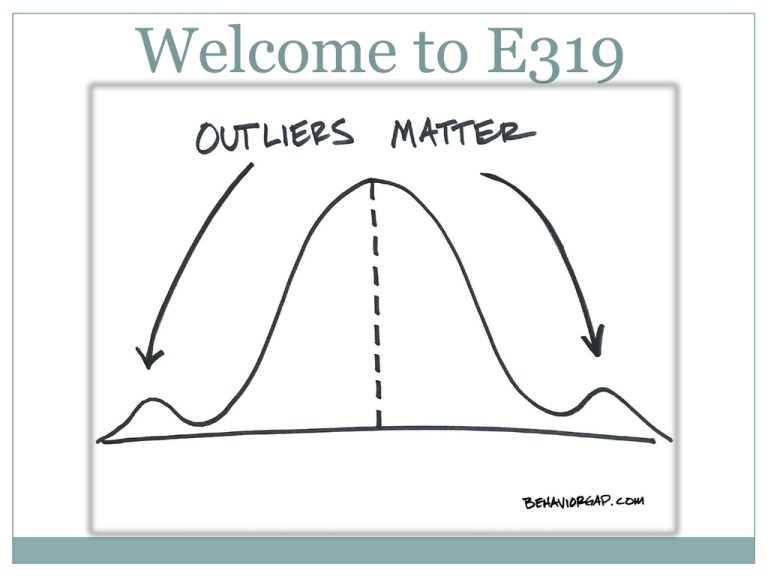
Welcome to E319 Unlocking the Mysteries of 319 AN INTRODUCTION TO THE AP MANTRA MANTRA A word or sound repeated to aid in concentration in meditation. A statement that is frequently repeated; a characteristic formula or refrain. A guiding principle. The 319 Student’s Guiding Principle… When reading a piece of literature or writing an AP essay ALWAYS . . . You’ll notice this word is bolded, italicized, and in all caps. What might I being telling you as a writer? Answer the question by offering a holistic interpretation of the complexities of the work in light of the author’s intent. Nothing could be simpler, right? Hello????? Okay, maybe we should unpack that a bit. Perhaps an example would help… Question: What does Chapter Nine (Marita’s Bargain) of Gladwell’s Outliers reveal about the author’s perceptions of the U.S. Education System? AP MANTRA: Part I 1) Answer the question Your opening sentences should include a direct and specific answer to the question and all implied sub-questions. Direct Question What are Gladwell’s assessments of the education system in our country? Sub-Questions What IS the system? What’s good about the system? What’s bad? What authority (if any) does Gladwell have on the topic? How valid are the author’s points? You must develop an argument about/concerning Gladwell’s argument! AP MANTRA: Part II 2) Offer a holistic interpretation Your support/response MUST consider the entire work or excerpt Show What You Know DO NOT ISOLATE THE ISSUE! While this question is focused on chapter nine, you must consider how chapter nine works in the larger scheme of the text. A SUPERIOR argument reveals complex and creative connections. AP MANTRA: Part III 3) Your response should address the complexities of the work Superficiality has no place in AP writing. Consider the language, rhetorical strategies, argumentation, literary and figurative devices, and metaphorical levels of the piece. A BASIC Definition of Rhetoric Using language effectively to please or persuade. AP MANTRA: Part IV 4) All elements should be examined with an eye toward the author’s intent What is the purpose of the piece? What is really being said here? What meaning/significance exists beyond the text? Universality and The Unstated Argument Your thinking must move beyond the surface level in order to begin to examine the central argument of the text. The Three Is of Argument Intent Impact Implication HOMEWORK Memorize the AP MANTRA When reading a piece of literature or writing an AP essay ALWAYS . . . Answer the question by offering a holistic interpretation of the complexities of the work in light of the author’s intent. This is your TICKET tomorrow! IN THE DOOR APPLIED PRACTICE Answer the question… show me what you know about argument, thesis statements, formal writing. Support your argument… provide two pieces of support from the text with analysis. Again, show me what you know about selecting support and developing analysis. Your work will look like a glorified outline…no need to develop transitions. Formatting your Answer Answer Support Analysis Support Analysis I want to be able to SEE a shared responsibility in terms of completing this work…switch off “scribe” duties! Collaborative Groupings (1st HR) Grp 1: Cameron, Michael Z., Rhea Grp 2: Sarah B., Siyu, Michael W. Grp 3: Derek, Dahuy, Evan Grp 4: Lauren, Melanie, Morgan Grp 5: Gurpreeet, Bhargavi, Alex Grp 6: Brinda, Katelyn E., Kate R. Grp 7: Emilie, Jenna, Gina, Hollis Grp 8: Erin, Sarah M., Aaron, Matt Collaborative Groupings (4th HR) Grp 1: Nihmotallahi, Jinsun, Aiqi Grp 2: Hanna, Jenna, Emily Grp 3: Lindsey, Koryn, Palak Grp 4: Mark, Brian, Hyo Grp 5: Grace, Brittany, Megan Grp 6: Ryan, Anthony, Reilly, Justin Grp 7: Daniel, Roshan, Lauren, Sai Collaborative RE-vision (re-seeing) Work STEP 1: Exchange papers with your assigned group (next slide). STEP 2: Read and discuss the work you receive. STEP 3: Provide feedback on BACK of work. What works in the writing and WHY is it successful? (Two elements—BE SPECIFIC) What needs work and HOW can it be addressed? (Two elements—BE SPECIFIC) STEP 4: Return work. Then, revise your own writing…this needs to be done in a different color ink. DON’T scratch anything out (I want to see where you started), but use arrows, circles, etc. (any means that work for you). DUE AT THE END OF THE PERIOD! Make sure all names are on work! Collaborative Revision Work Groups 1st Hour 1, 3 2, 4 5, 7 6, 8 4th Hour 1, 3 2, 4 5, 6, 7* *--Carousel exchange so each group has another group’s work!

